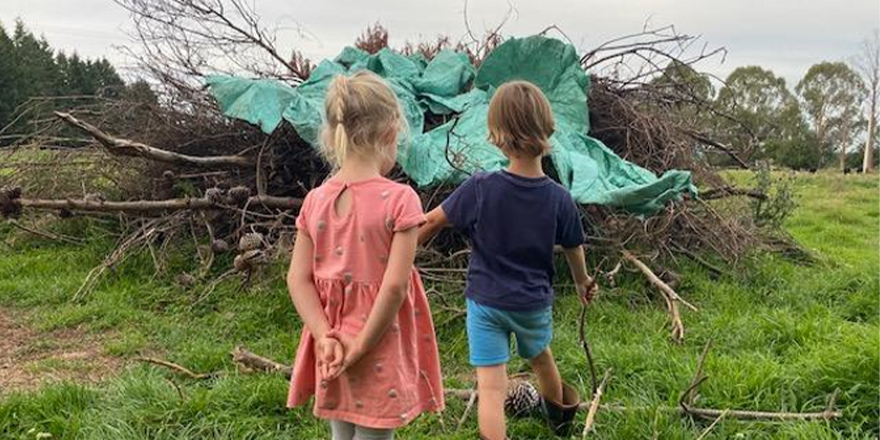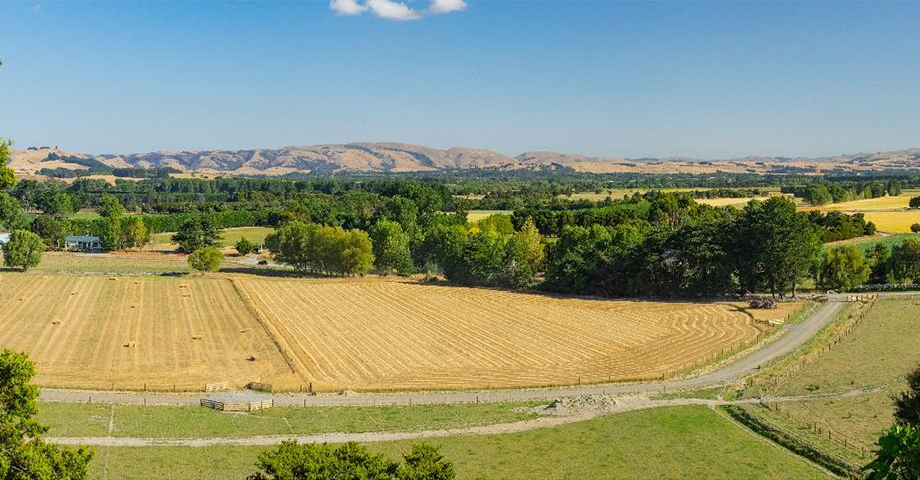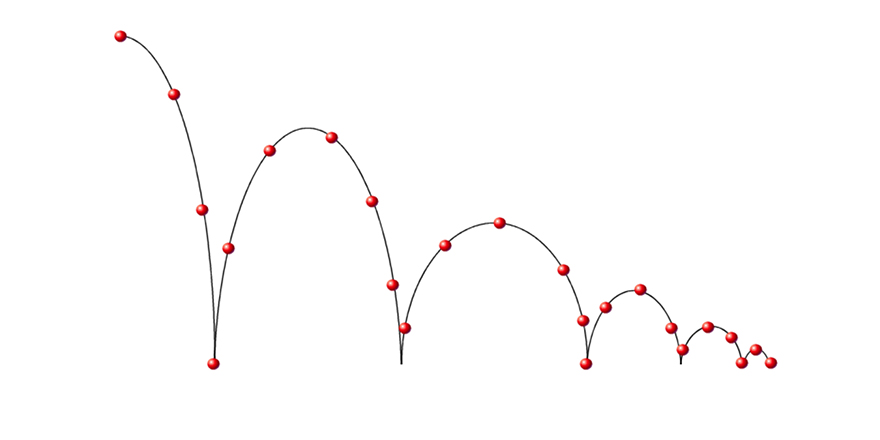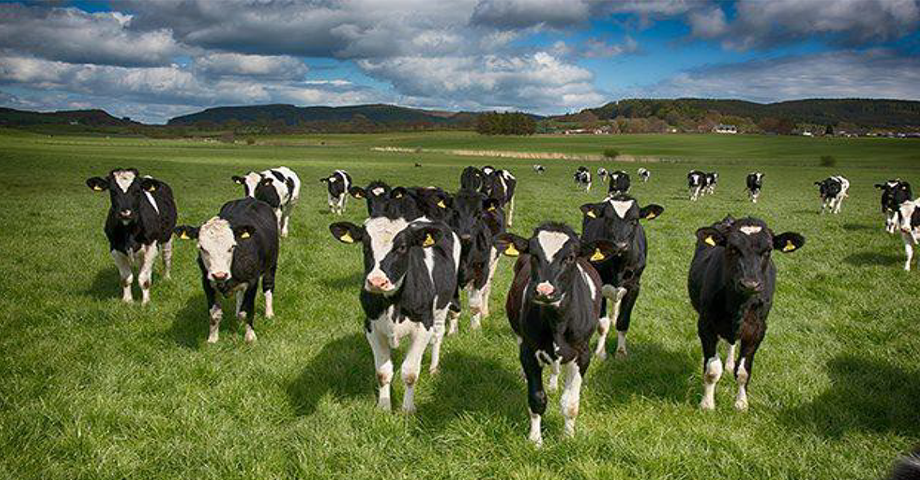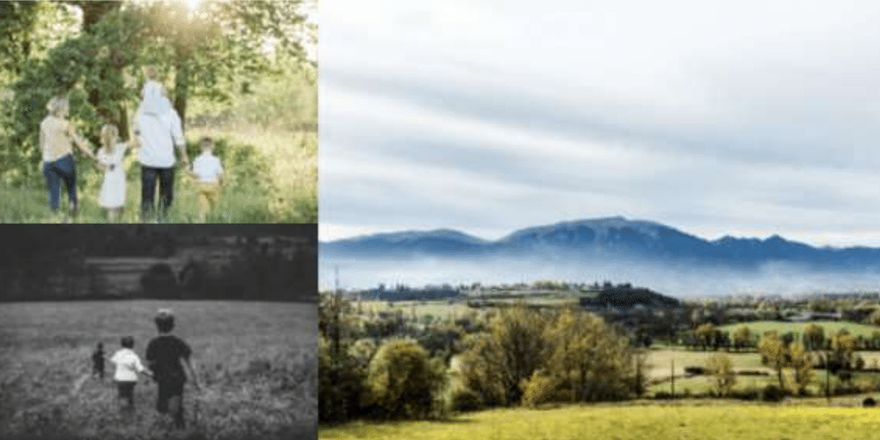
Executive Summary
The focus area for this report comprises of 32,000ha surrounding Pukekohe. 13,000ha of which is made up of blocks between 1 – 20ha in size.
How can small blocks be utilized for production without sacrificing lifestyle?
To address this topic, a literature review and a survey were conducted to understand the characteristics of New Zealand small holdings, pressures; land and social and the motivations to production v lifestyle. The key findings are summarised below:
- Small blocks occupy 10% of New Zealand’s versatile growing land.
- Owners value rural living, peace and quiet, privacy and a place to raise a family.
- Small blocks do produce: two thirds produce a little to none; a quarter produce, but not meaningfully; 10% produce significantly.
- Motivations of small block owners: 48% value lifestyle, 38% value both and production, 14% value production.
- Small blocks on versatile land are getting smaller from a median of 8ha in 1970 to slightly under 4ha in 2018.
- The main perception for not producing is because owners deem their block as being too small to generate meaningful income.
Understanding the above, it is suggested that small land holdings are amalgamated to be operated as a larger unit. Four case studies of operators currently doing this successfully were undertaken. These land uses include a regenerative sheep stud, cropping, sheep milking and kiwifruit. The land uses that formed this case study were assessed on the Treasury’s Living Standards Framework.
Based on the preferences of small block owners towards lifestyle and production, this report suggests that 55% of lifestyle would be suited for a split of sheep milking or regenerative sheep grazing, 27% would explore kiwifruit and 18% would explore cropping.
If these assumptions hold true, the lifestyle blocks within the focus area could produce 13 million litres of sheep milk, regeneratively graze 20,000 sheep, draw 60,000 tonnes annually of cropping produce (lettuce, broccoli, corn) and 17 million trays of green and gold kiwifruit.
Download and read the full report here
